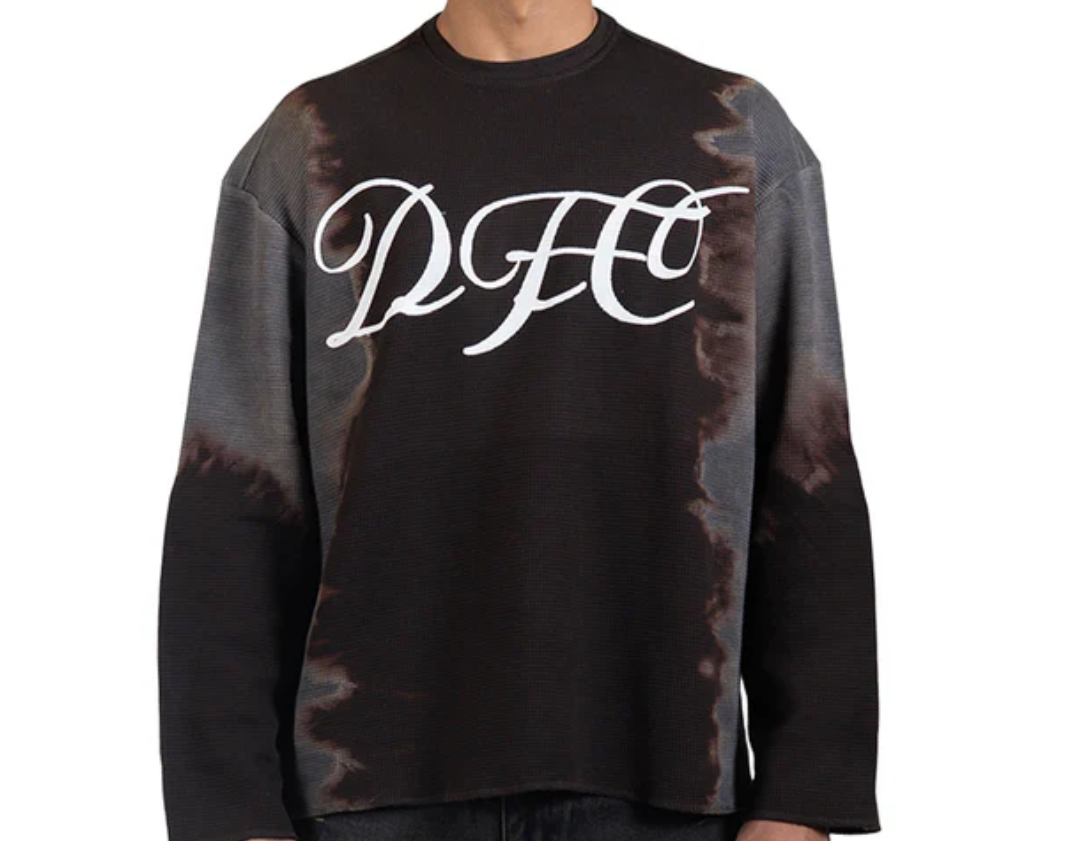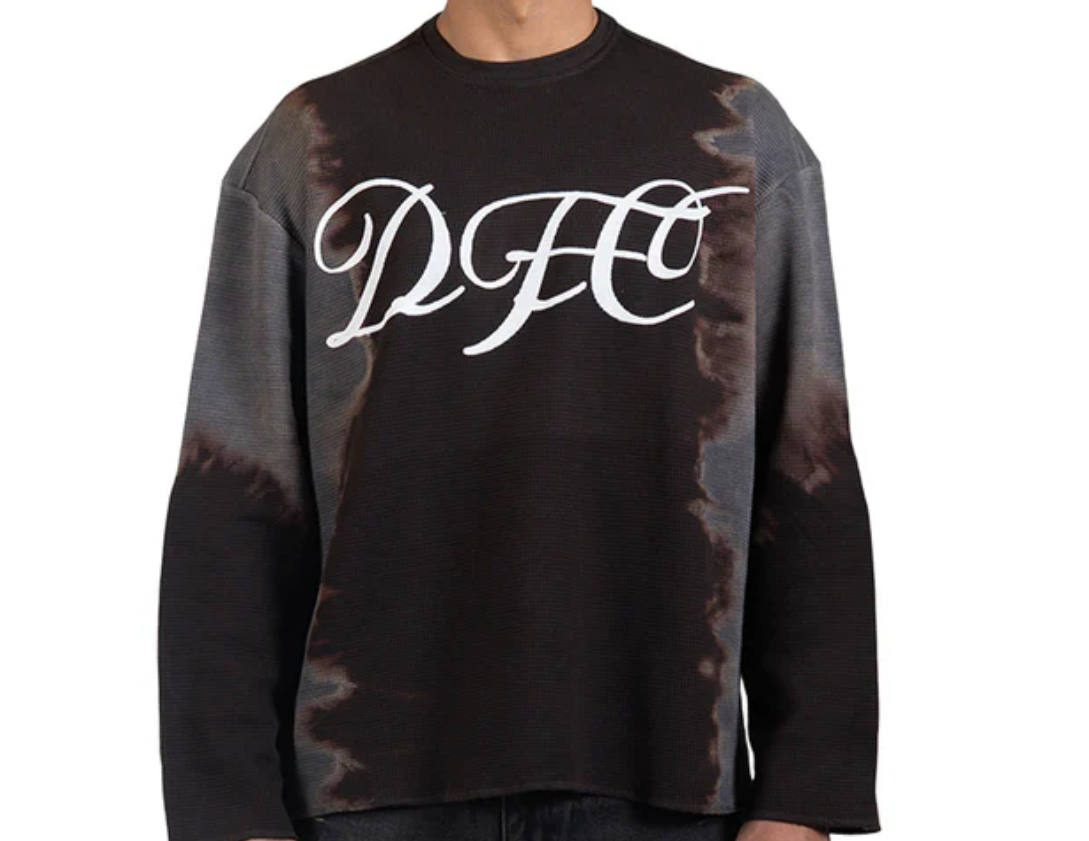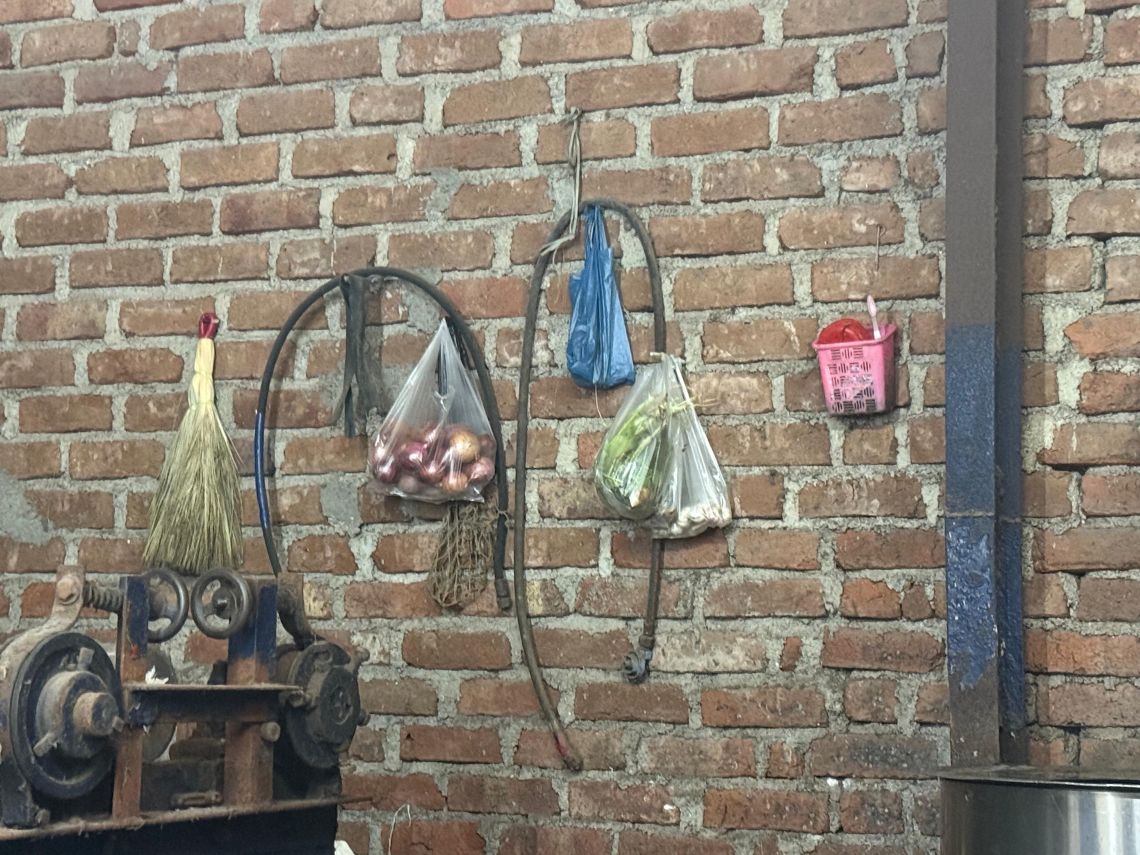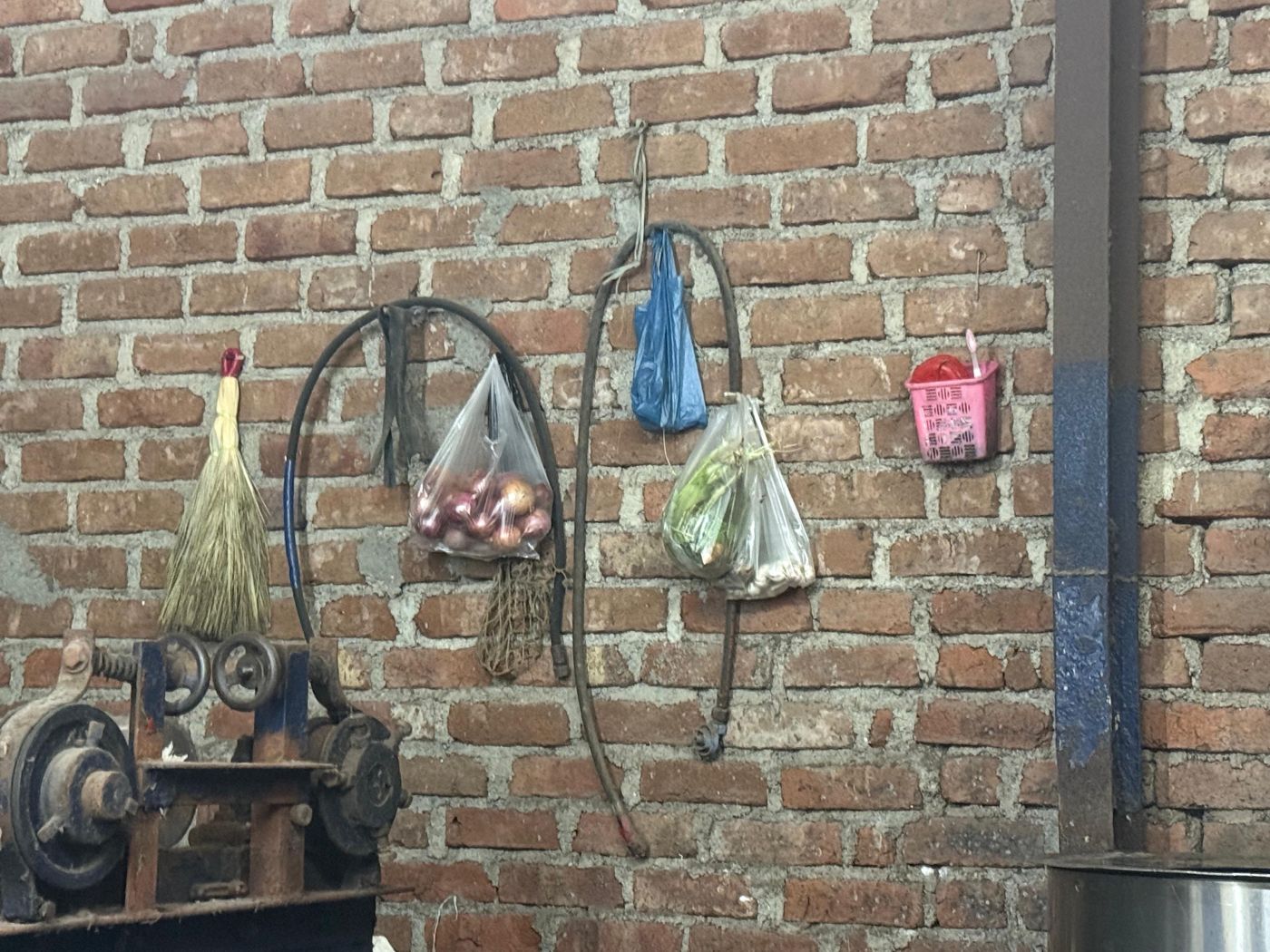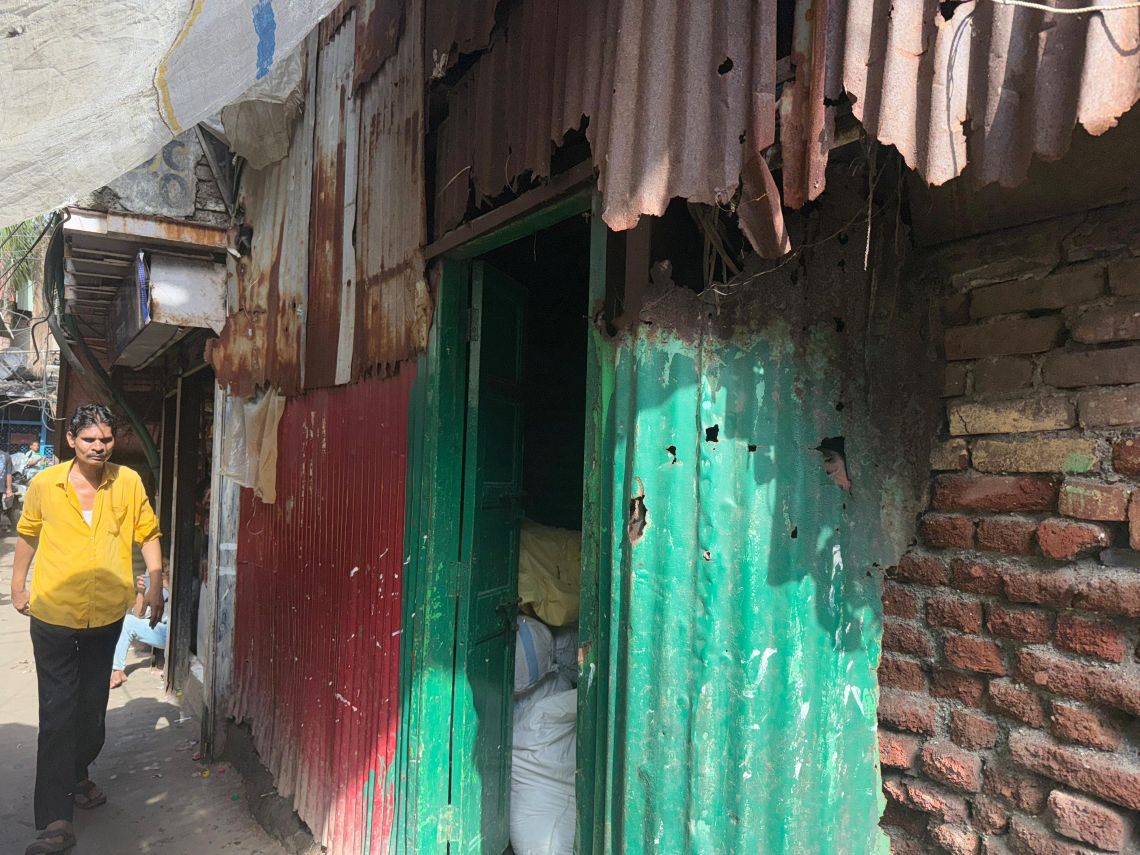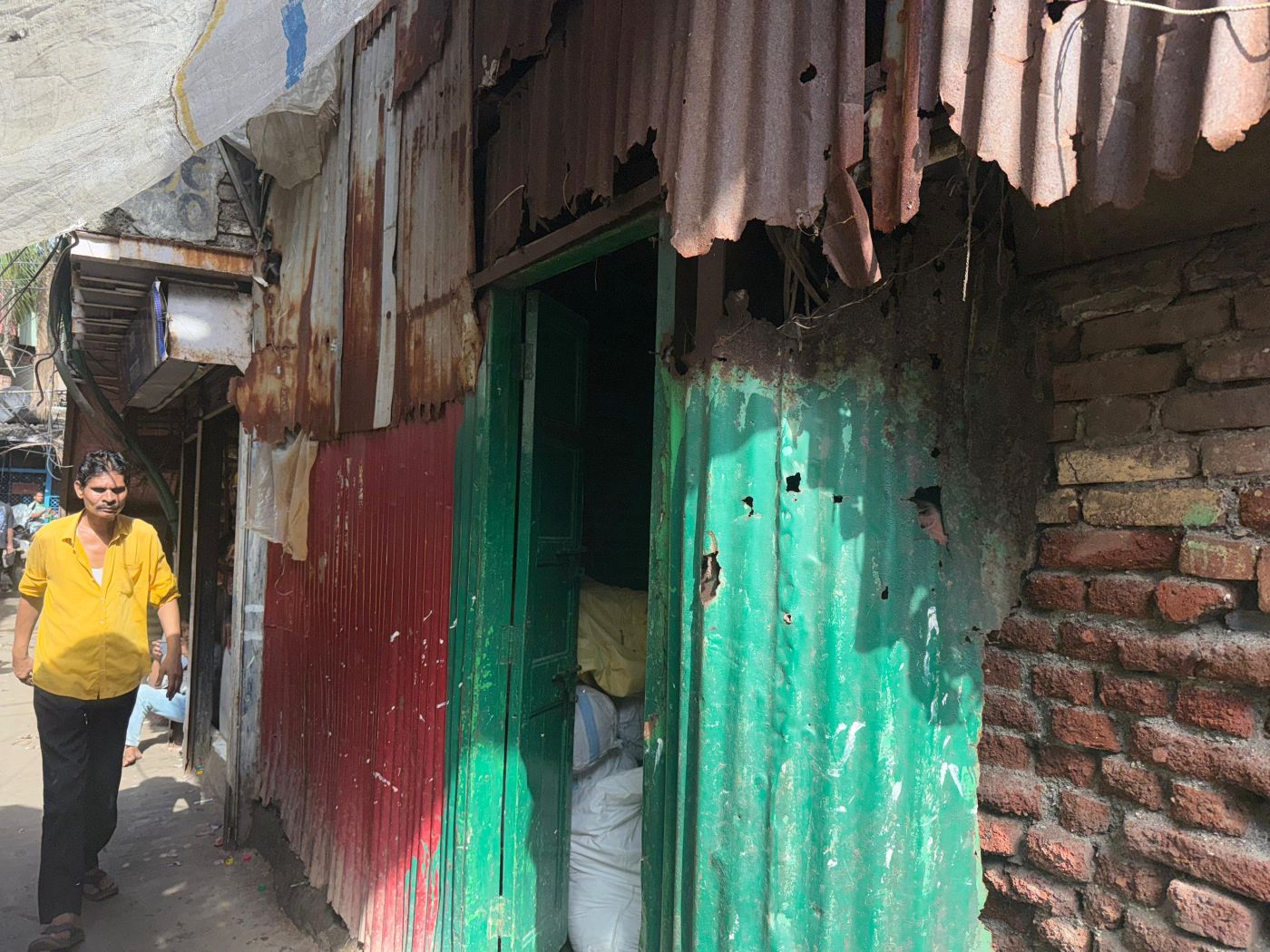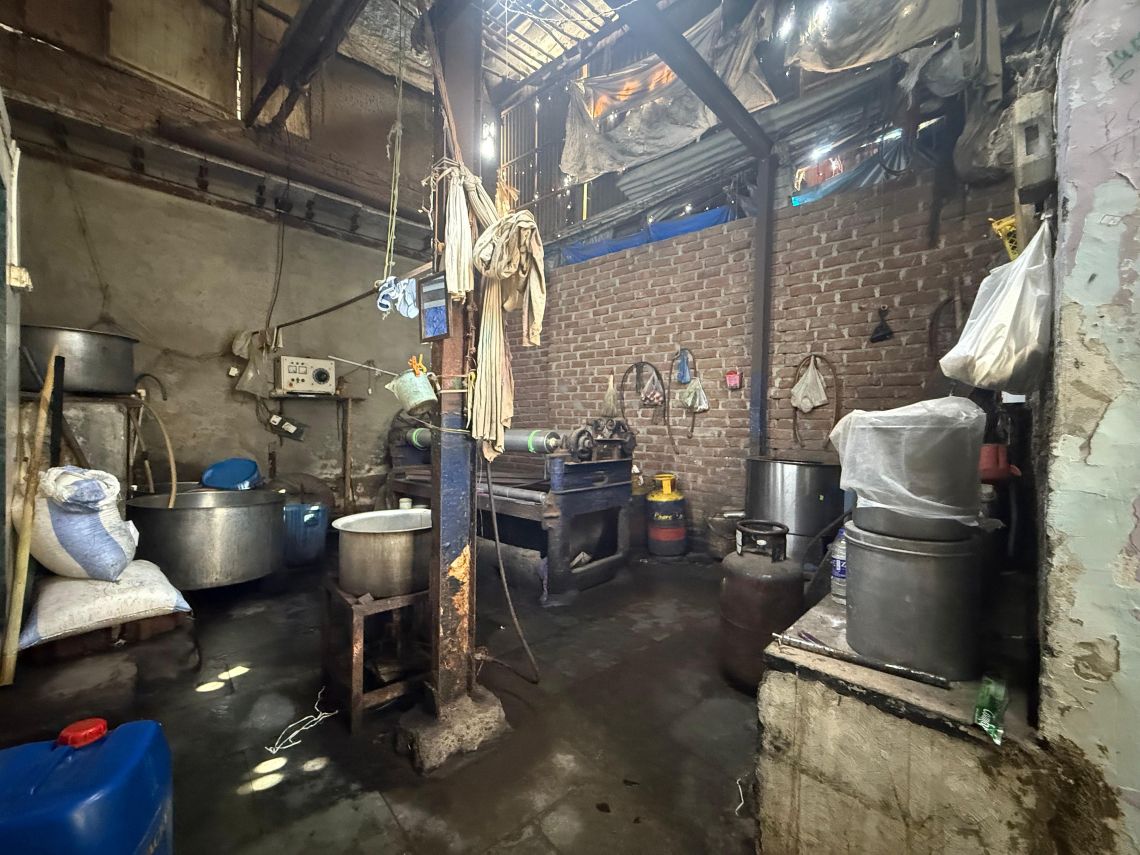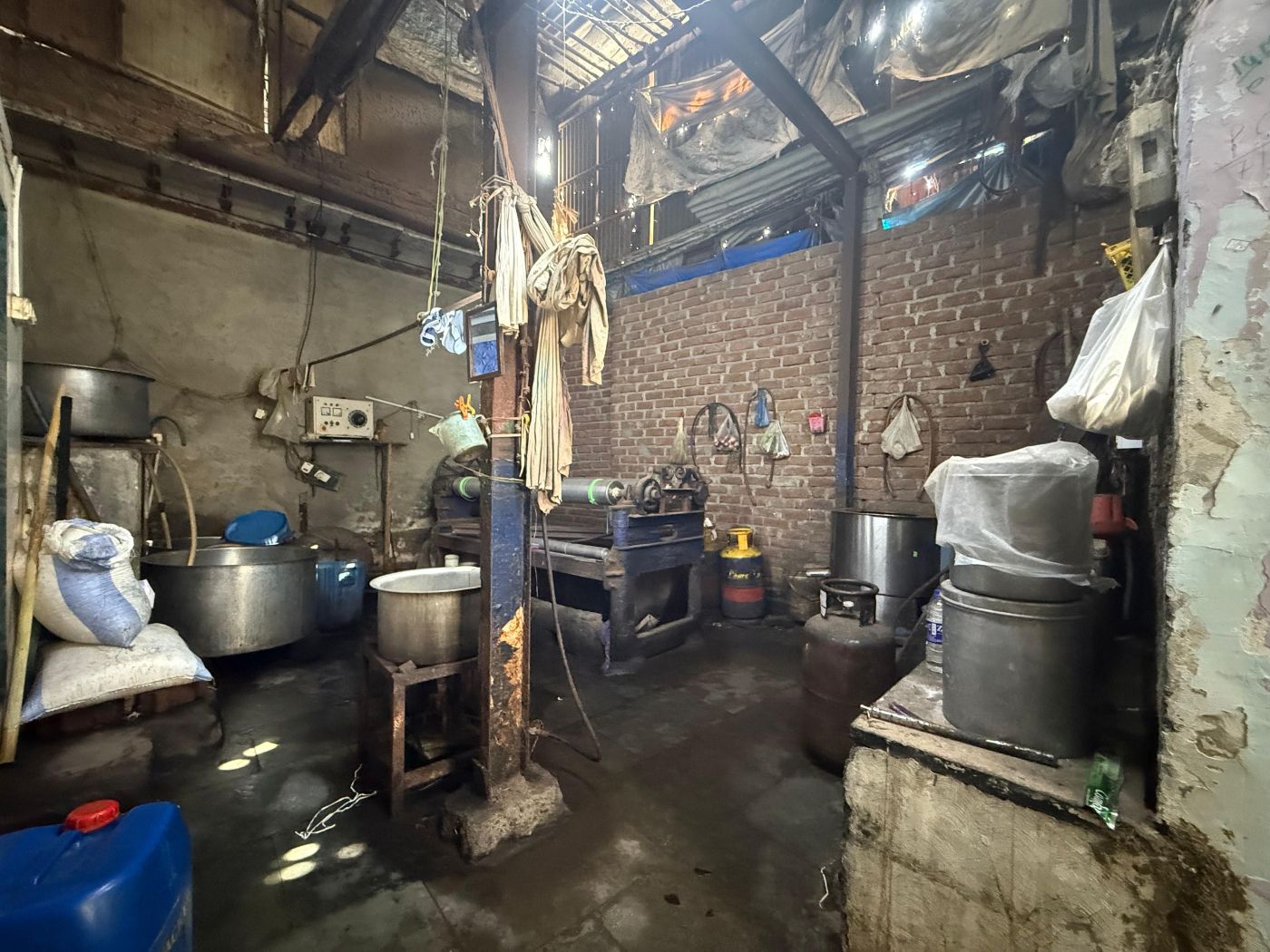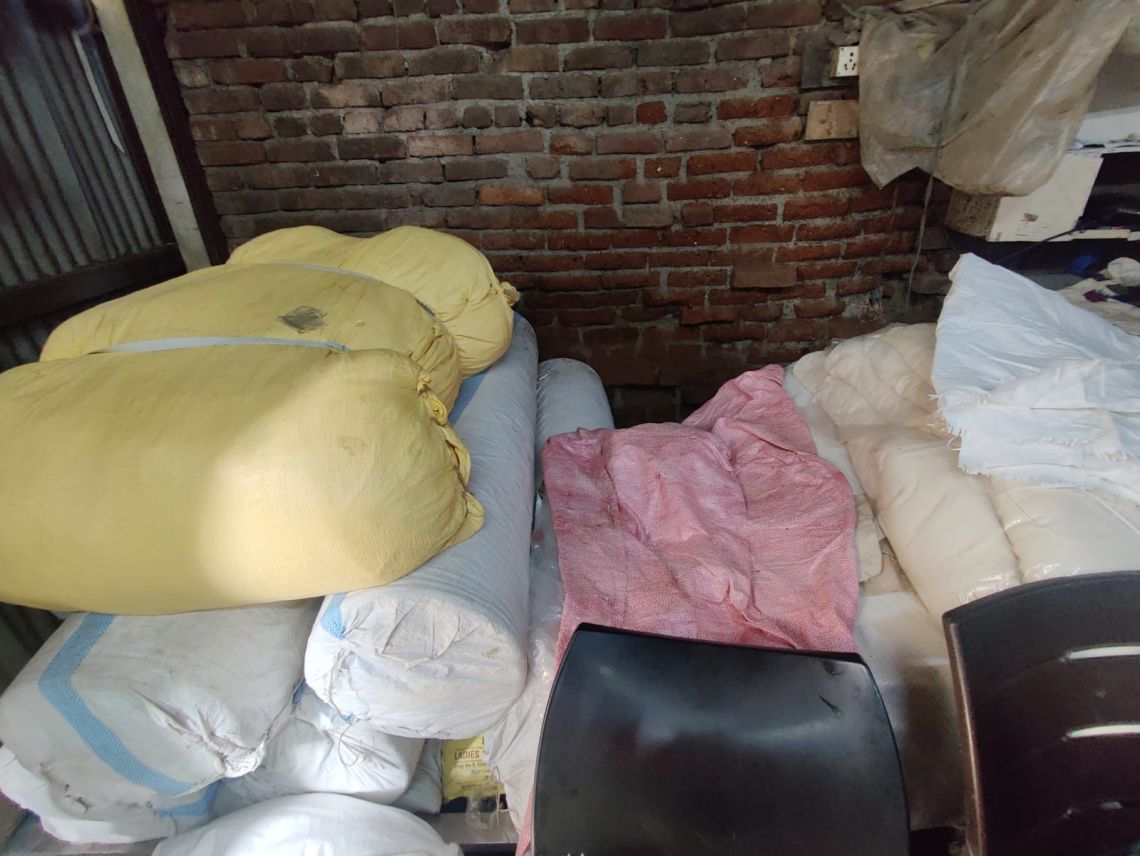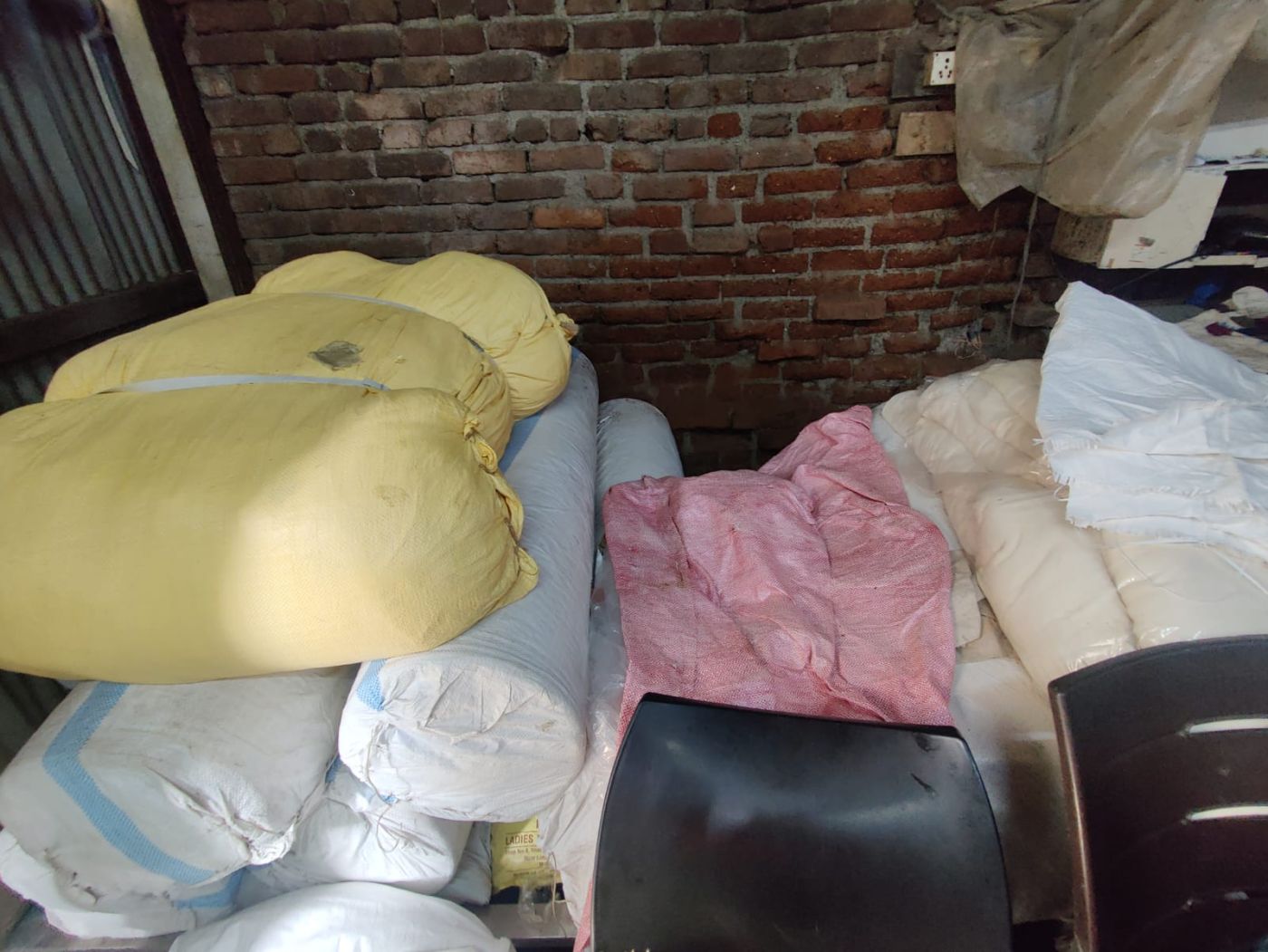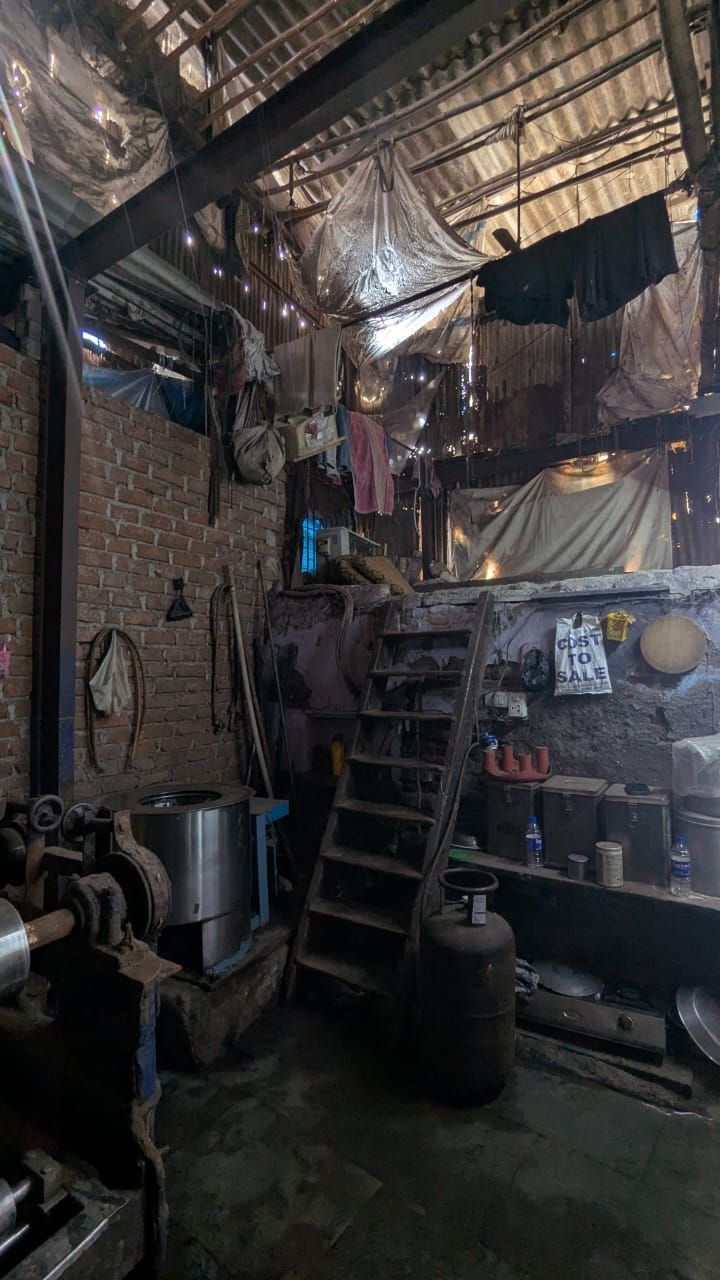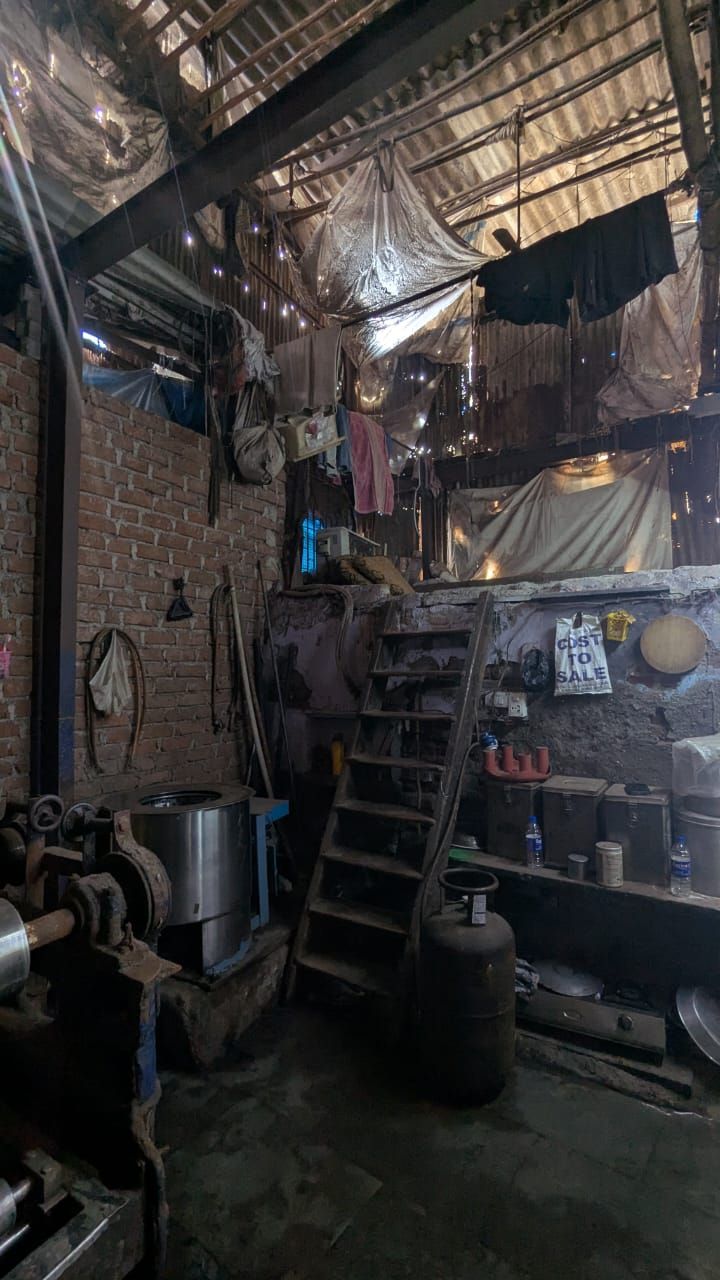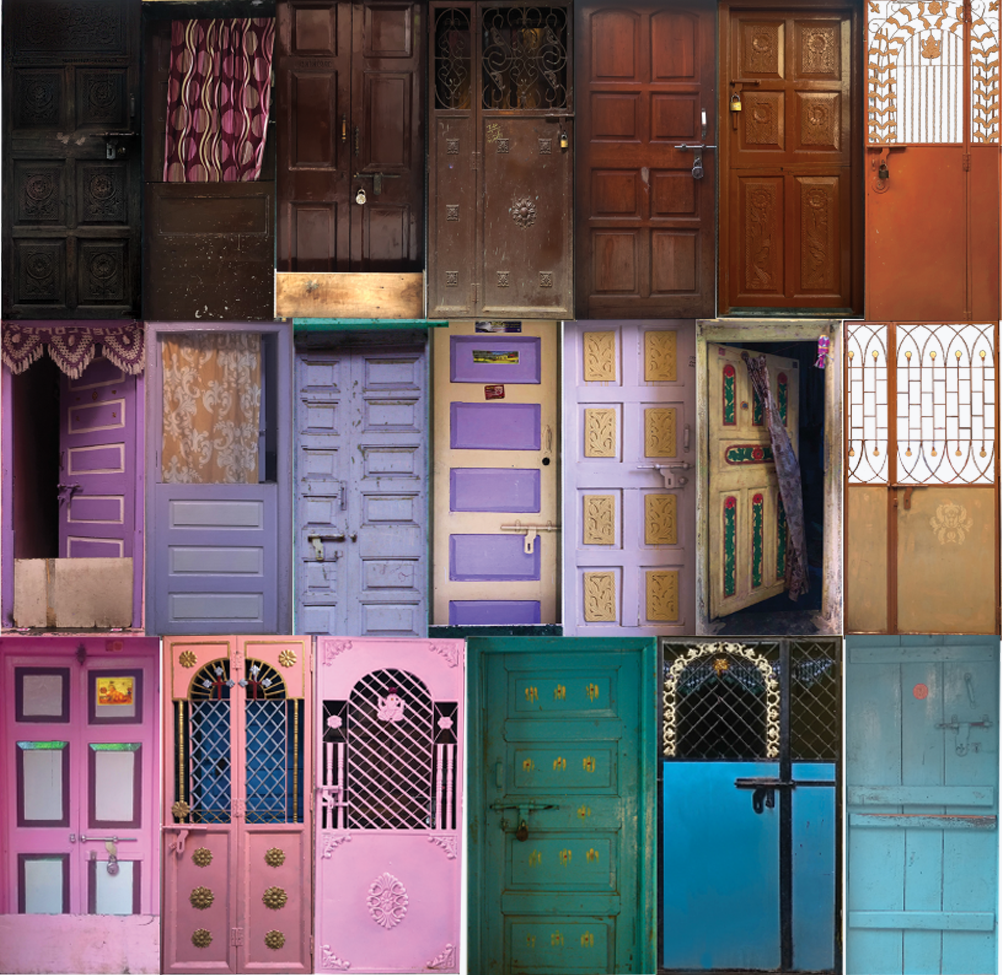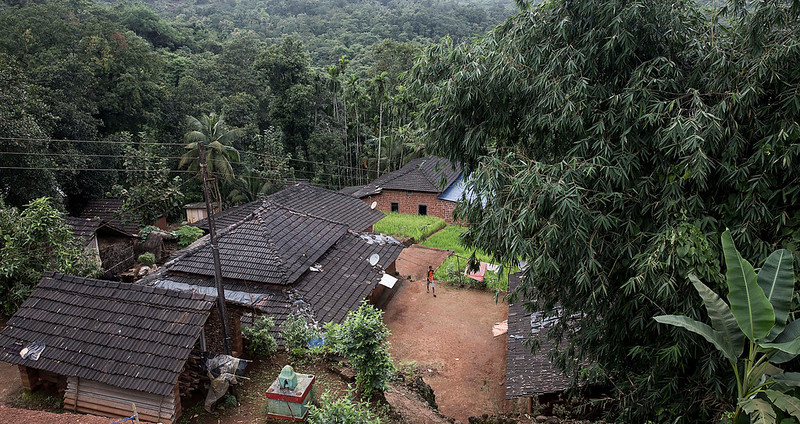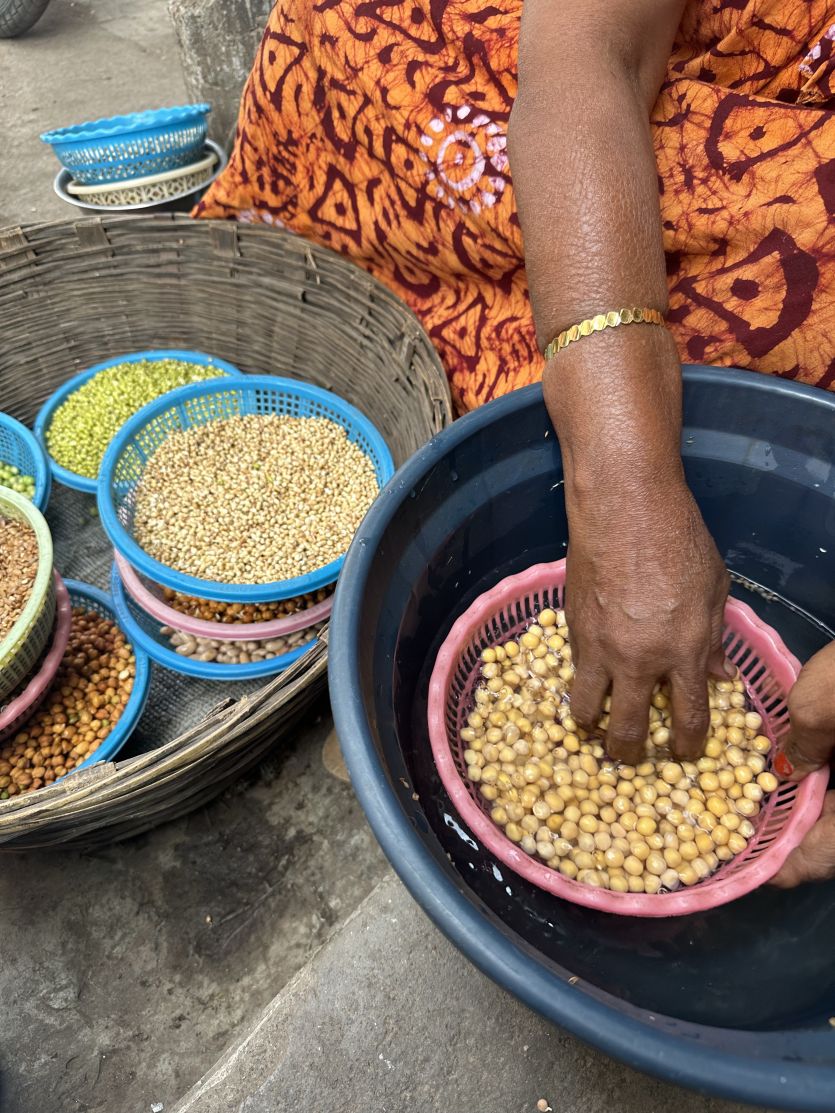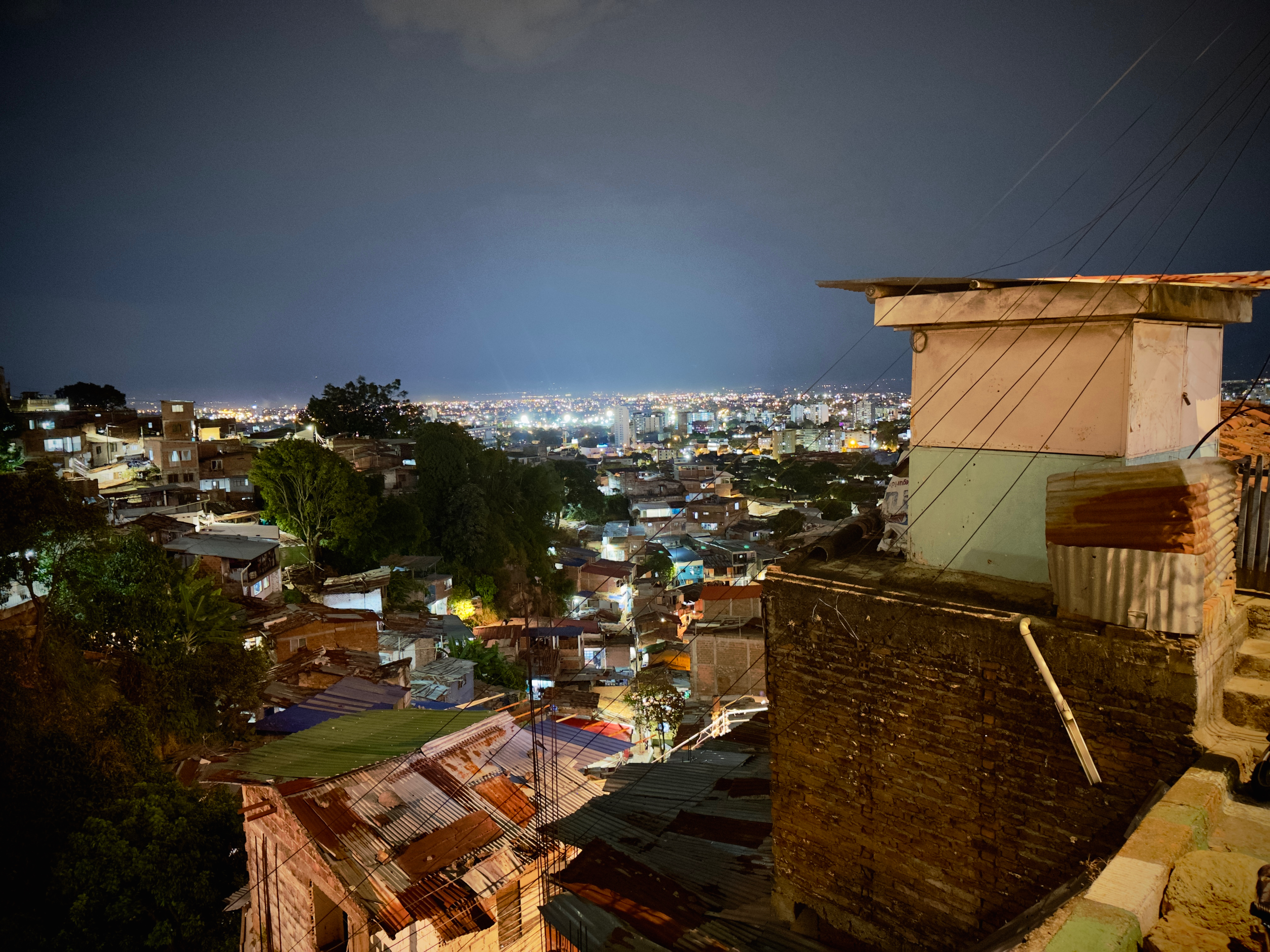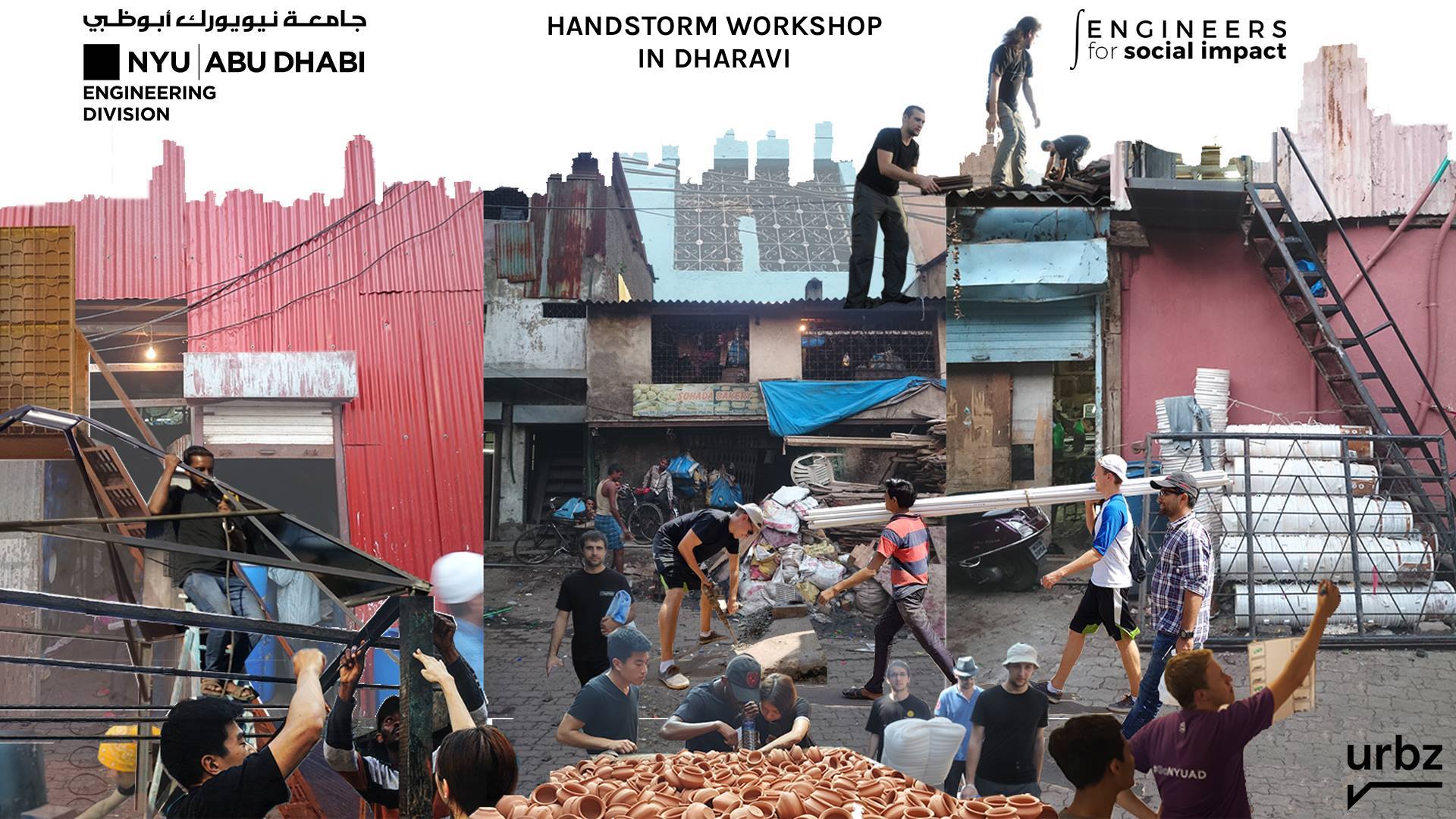A Small Dyeing Studio in Dharavi Keeps Tradition Alive

A Small Dyeing Studio in Dharavi Keeps Tradition Alive
In a narrow lane of Dharavi, where fabric and dye shape daily life, Shahid Sheikh works beside his steaming boilers and rolls of cloth. The air carries the smell of pigment. Outside, puddles reflect drying fabric hanging from tin rooftops.
“Tie-dye never repeats,” he says.
“Jo galat banta hai, wahi sabse zyada bikta hai.”
Shahid came to Dharavi in 2009 from Delhi, where he briefly worked in a dyeing unit. “Too cold there,” he says with a short giggle. Mumbai, he says, was warmer in every sense.
In 2017, he returned to his village, Raebareli, to get married. His wife joined him in Mumbai soon after. Their two sons go to the local B.R. Ambedkar school. One is six and the other three. They frequently visit his workspace out of curiosity. His parents still live in Raebareli. “Earlier electricity was six hours. Now? Eighteen. But Mumbai has power always,” he says, meaning more than he said.
Shahid tried tailoring, embroidery, and contract work before settling into dyeing. It reminded him of precision, control, and creativity. He began with solid dyeing for a larger organization, handling up to 2,000 meters of fabric at a time. One day, his supervisor gave him creative freedom—and that changed things.
“When someone trusts your design, it feels like being noticed,”
Today, Shahid co-runs a unit called Jaipur Dyeing, renamed after a misstep under the previous name, City Process. The name change marked a reset. Since the COVID pandemic, they focused heavily on tie-dye for about a year, except for polyester, which doesn’t absorb colour well. “Too much investment, and the quality drops,” he says.
On good days, the unit produces up to 3,000 meters of dyed fabric. Clients usually come through middlemen, dropping off material and picking up finished fabric. Shahid often doesn’t know who the end customer is, though he’s worked for brands like Kunal Rawal. “Doesn’t matter,” he shrugs. “Good work is good work.”
His collaboration with DFC (Days for Clothing) is one of the few where he gets more space to explore. “No traditional repeats. Always different. They trust me,” he says. In these moments, Shahid sees himself not just as a worker, but as someone who contributes design ideas.
The unit is small but functional. Workers rest and cook there. Water used for dyeing runs into the local drainage. It’s a setup built through compromise, but the work is careful and detailed.
“Noise is okay. You get used to it. Heat and mosquitoes are still an issue,” he says. Shahid has taught many visitors—students from colleges and design schools. “Anyone who wants to learn, I’ll show them,” he says.
He’s been in Dharavi for nearly two decades and seen it evolve. “Earlier, kachchi sadak (unmetalled roads), open gutters, no transport. Now, livable.” Much easier to go around.
“More shops, less money. Everyone wants to sell, be a businessman. Nobody wants to work for the other. Customers ask for cheaper work, but raw material is more expensive.”
He sticks to quality. “If your work is poor, your name suffers. Better to make less, but do it properly.”
Even during COVID, his unit didn’t stop for long. “One month, maybe two. Then we started again.” Digital delivery services like Porter and WeFast helped. Costs were cut, but work continued.
As redevelopment plans move forward, Shahid is looking at new areas like Kalyan. Many others have already moved to NalaSopara and Malad. Even now, Shahid is in the right mind,
“Earlier, UP-Bihar migrants were scared. Now we are our own group. It’s safer now.”
He doesn’t follow templates. “Print is artificial,” he says. “This is real.” He remembers operating a large dye machine alone for the first time, 2,000 meters of fabric dyed with colours he mixed himself. That gave him confidence.
He doesn’t aim for awards. “If it reaches people, that’s enough,” he says.
Shahid has a positive attitude towards everything he does. He doesn’t just think about his work as a business, but enjoys it as well. It is his ground for creativity, making mistakes and learning. Throughout he would not stop emphasising on the importance of learning and evolving, making him much more enthusiastic about what he does.
He takes pride in what he does, calls it his own. Many-a-times he might not get the big showy credits, but as he says, it is about experimenting and growth.
